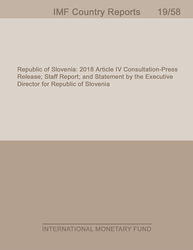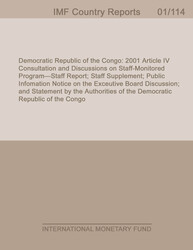
Montenegro: 2014 Article IV Consultation-Staff Report; Press Release; and Statement by the Executive Director for Montenegro
KEY ISSUESContext: Moderate growth is continuing; however credit and wage growth are weak.The level of nonperforming loans (NPLs) remains high and public debt has risen sharplyin recent years.Fiscal policy: Medium-term funding needs to roll over existing debt and to fund budgetdeficits are large. A new highway, budgeted to cost about one quarter of GDP, will cause deficits to widen and add to public debt. The draft 2015 budget shows appropriate restraint on other spending, but a long period of strong fiscal discipline will be needed to manage fiscal risks. Laying out clear long-term plans for managing the public finances would boost credibility and reduce risks to market access. Fundamental expenditure reform, especially of the pension system and the public sector wage bill, would be an essential part of such plans.Financial sector: The banking system's liquidity appears comfortable; however, profitability is low and lending spreads are high. Regulatory provisioning is set higher than that reported under international accounting standards, but a wide range of provisioning levels across banks and weak incentives to take losses remain concerns. A more transparent and comprehensive reporting environment would be beneficial.Reforms to ensure better enforcement of contracts and collateral would help bring down structural lending risk premia.Structural reform: Higher levels of labor participation and employment are needed to boost potential growth and safeguard the public finances. Ensuring that wages adjust in line with productivity alongside reforms to achieve better employment outcomes and boost productivity would enhance the economy's ability to respond to macroeconomic shocks, and are even more important in a country that lacks its own currency and with decreasing fiscal buffers.
Publication date: February 2015
ISBN: 9781498329071
$18.00
Add to Cart by clicking price of the language and format you'd like to purchase
Available Languages and Formats
| English |
Prices in red indicate formats that are not yet available but are forthcoming.
Topics covered in this book
This title contains information about the following subjects.
Click on a subject if you would like to see other titles with the same subjects.
Money and Monetary Policy , International - Economics , Public Policy ,
Also of interest
Summary
Copyright © 2010 - 2025
Powered by:
AIDC



